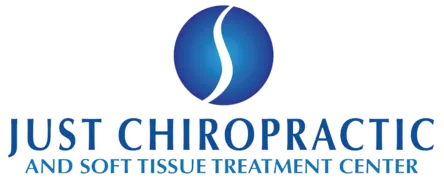
ART provides a way to diagnose and treat the underlying causes of a variety of conditions collectively called cumulative trauma disorders (CTD). These disorders are also known as repetitive stress injuries (RSI) or “overuse” syndromes. These syndromes are given familiar names like:
- · rotator cuff syndrome
- · tendonitis
- · plantar fascitis
Other conditions that fall directly into this category are:
- · post-operative scar tissue
- · carpal tunnel
- · chronic low back pain
- · hyper extension/flexion injury (whiplash)
Understanding Soft Tissue Dysfunction
CTD is the major injury problem in the workforce and the general population in this country. Federal statistics show that it now surpasses back pain, and has worsened by 670 percent in the last 5 years. Past therapies such as massage, heat, cold, electrical stimulation, rest exercise and surgery have all been limited in their ability to treat them effectively.
Symptoms of CTD are sensations of tingling, burning, aching, and weakness. When a muscle, tendon, ligament, or nerve is damaged from trauma or overuse, the body will attempt to repair the damage with scar tissue. These scar tissue adhesions left untreated perpetuate the cumulative injury cycle and result in progressive loss of function and increased pain. Soft tissue dysfunction often leads to a loss of flexibility, strength, and range of motion. ART separates , releases and stretches the connective tissue adhesions, restores vascular and lymph circulation, and increases your range of motion, flexibility, and strength.
What should you expect from an ART treatment session?
Every ART session is actually a combination of examination and treatment. The ART provider uses his or her hands to evaluate the texture, tightness and movement of muscles, fascia, tendons, ligaments and nerves. Abnormal tissues are treated by combining precisely directed tension with very specific patient movements.
These treatment protocols - over 500 specific moves - are unique to ART. They allow providers to identify and correct the specific problems that are affecting each individual patient.
ART uses a unique combination of specific hand contacts with focused pressure, tension, and motion to release the scar tissue adhesions, which are causing your pain and motion dysfunction. This blend is truly one of a kind and is what makes ART so incredibly effective.
The treatments can be a bit uncomfortable, or event somewhat painful, but this pain is an important indicator that the problem has been located and signals that the treatments are correcting the injury. Patients often report that it “hurts good.”
Why ART is Different
ART is a highly successful approach to injuries of muscles, tendons, nerves, and the surrounding soft tissues. ART is not massage, physical therapy, or chiropractic care. While those procedures relieve muscle pain and motion dysfunction, they do not necessarily address the underlying problems caused by scar tissue formation.
ART has proven to be especially valuable for athletes, from professional to the beginner. Ninety percent of the time athletes with acute or long-standing strain/sprain injuries experience complete recovery – in a short period of time.
How long will it take?
Many patients experience complete recovery after only 4 – 12 visits, although this depends on the severity and chronicity of their injuries. When you are under the care of a skilled practioner who can isolate your specific problem, you will get well quickly, completely, and with much less expense.

